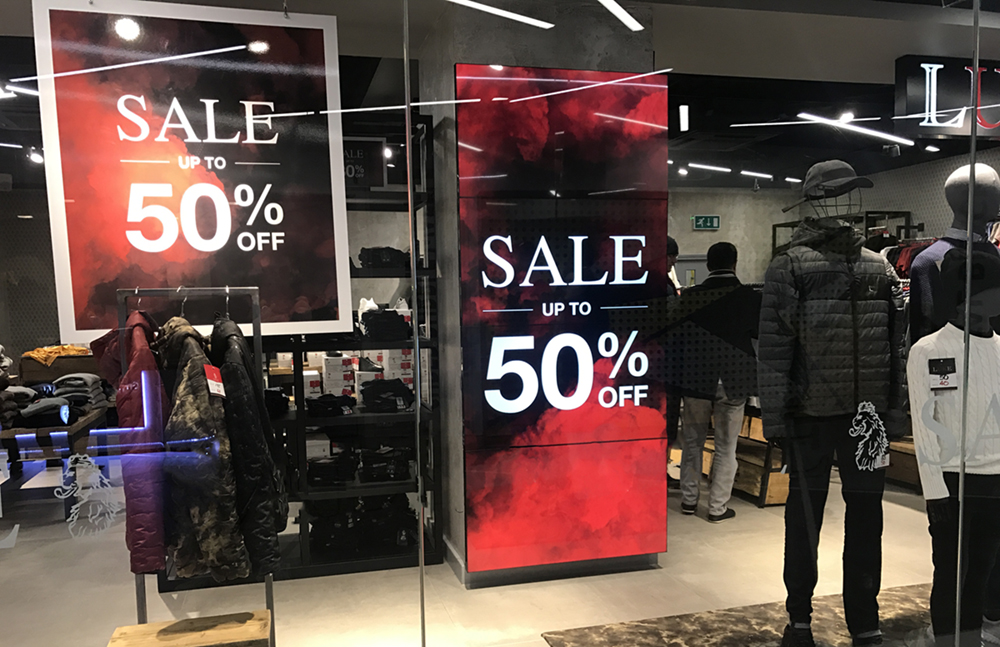Customers still hit the high street last month to do their festive shopping, despite the threat of contracting the latest Covid-19 variant, Omicron.
According to the latest figures from the British Retail Consortium (BRC), total sales rose by 9.9 per cent last year, with non-food growth reaching 15.6 per cent.
What’s more, total sales rose by 2.1 per cent in December, also growing by 0.6 per cent from December 2020’s figures.
Paul Martin, UK head of retail at KPMG, said while Omicron slowed spending towards the end of the year, there were still strong retail sales.
“Consumers continued to head to the high street for their festive gifts, determined to secure the presents they wanted and not leaving online deliveries arriving on time to chance,” he stated.
Many customers are now familiar with problems of unfulfilled orders, and opted for getting their presents, food and wrapping supplies in person, rather than risking delays.
The statistics also showed in-store sales of non-food items rose by 36 per cent on a total basis during the three months leading to December 2021. They also increased on a like-for-like basis of 26.8 per cent with figures from December 2020.
In fact, shopping on the high street was incredibly popular last year, with in-store sales of non-food goods rising by 38.4 per cent compared with the previous 12 months.
Therefore, investing in advertising screens in retail premises could be worth it, enticing customers into the store and engaging with them once they are inside.
Interactive LED displays are particularly attractive, as they grab the attention of passers-by, while they also enable advertising content to be changed regularly to constantly evolve with the target market.

